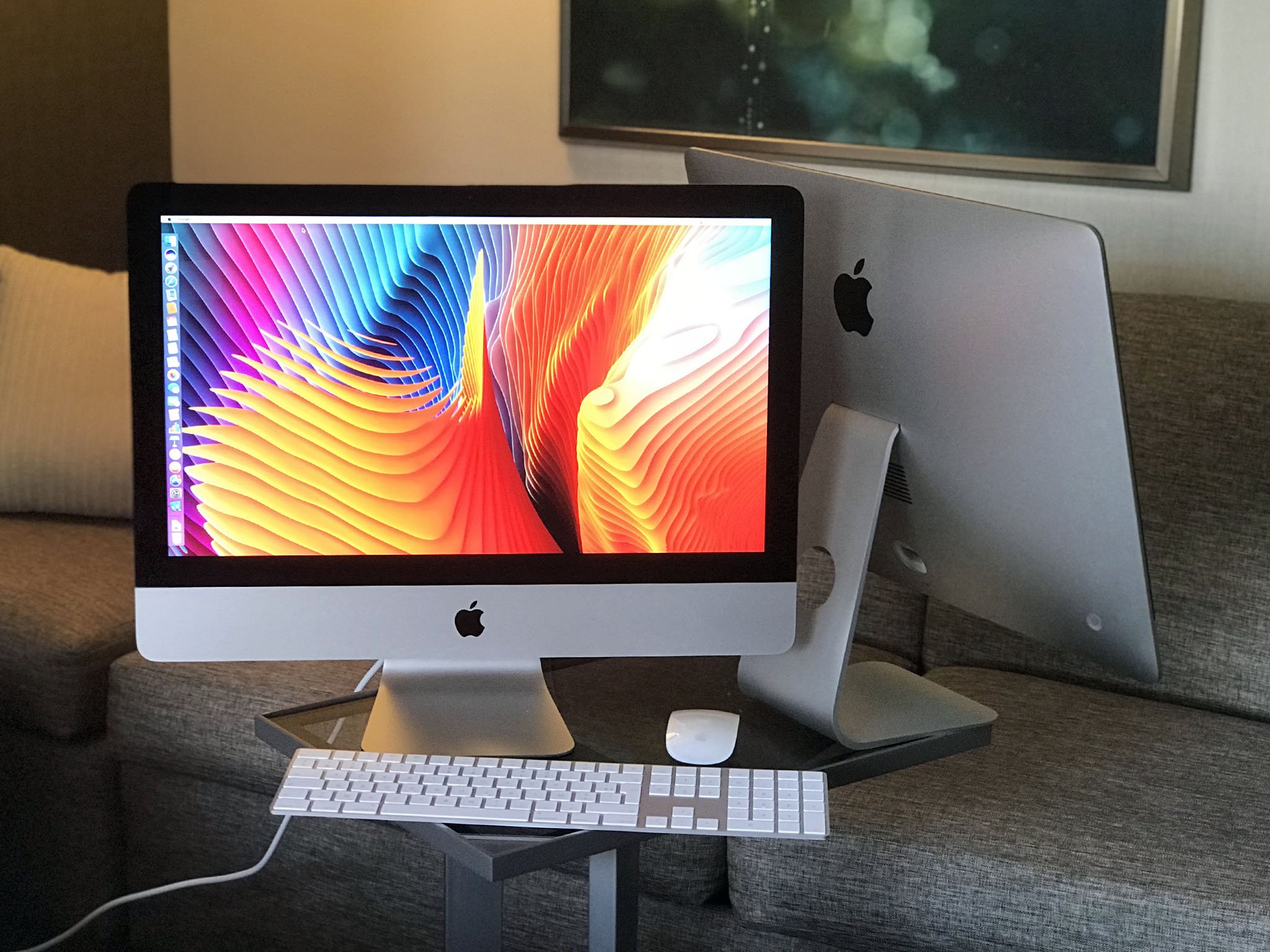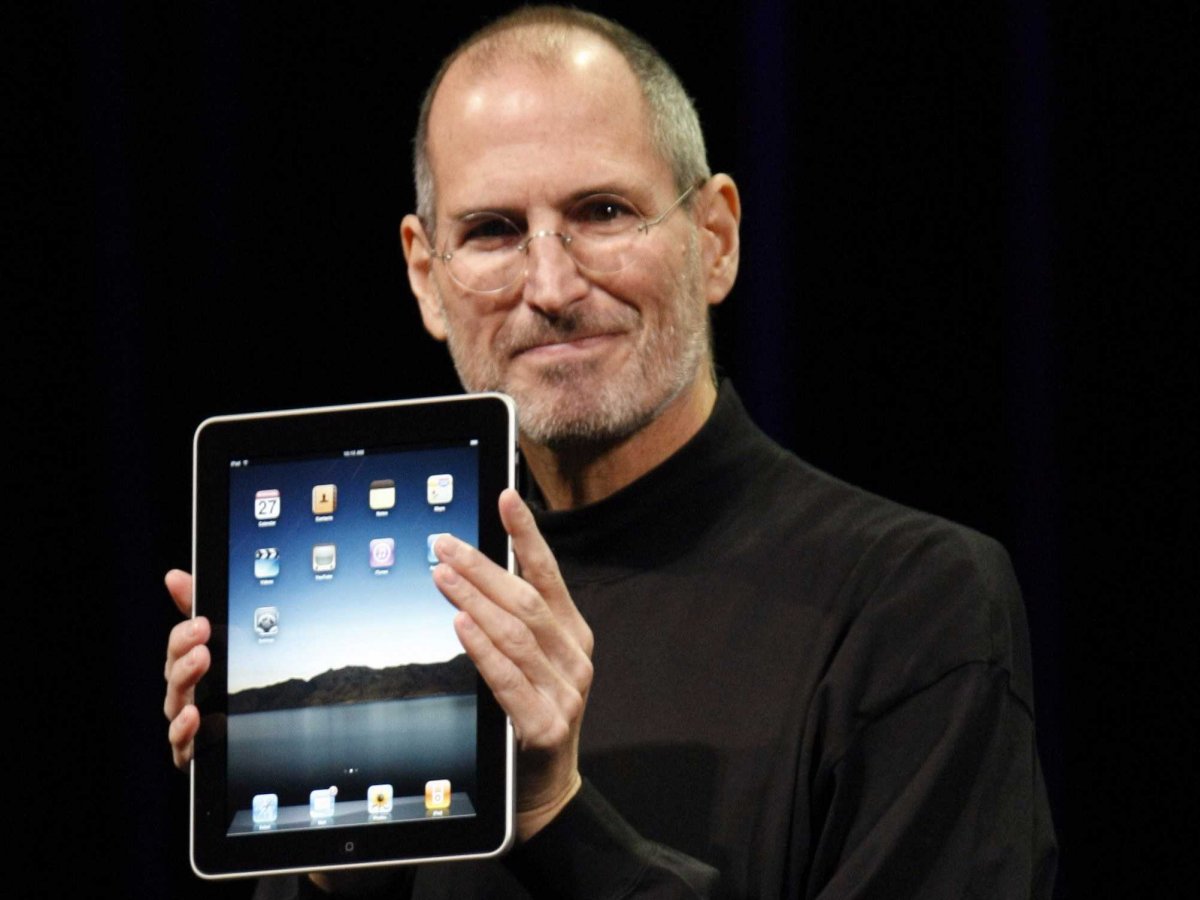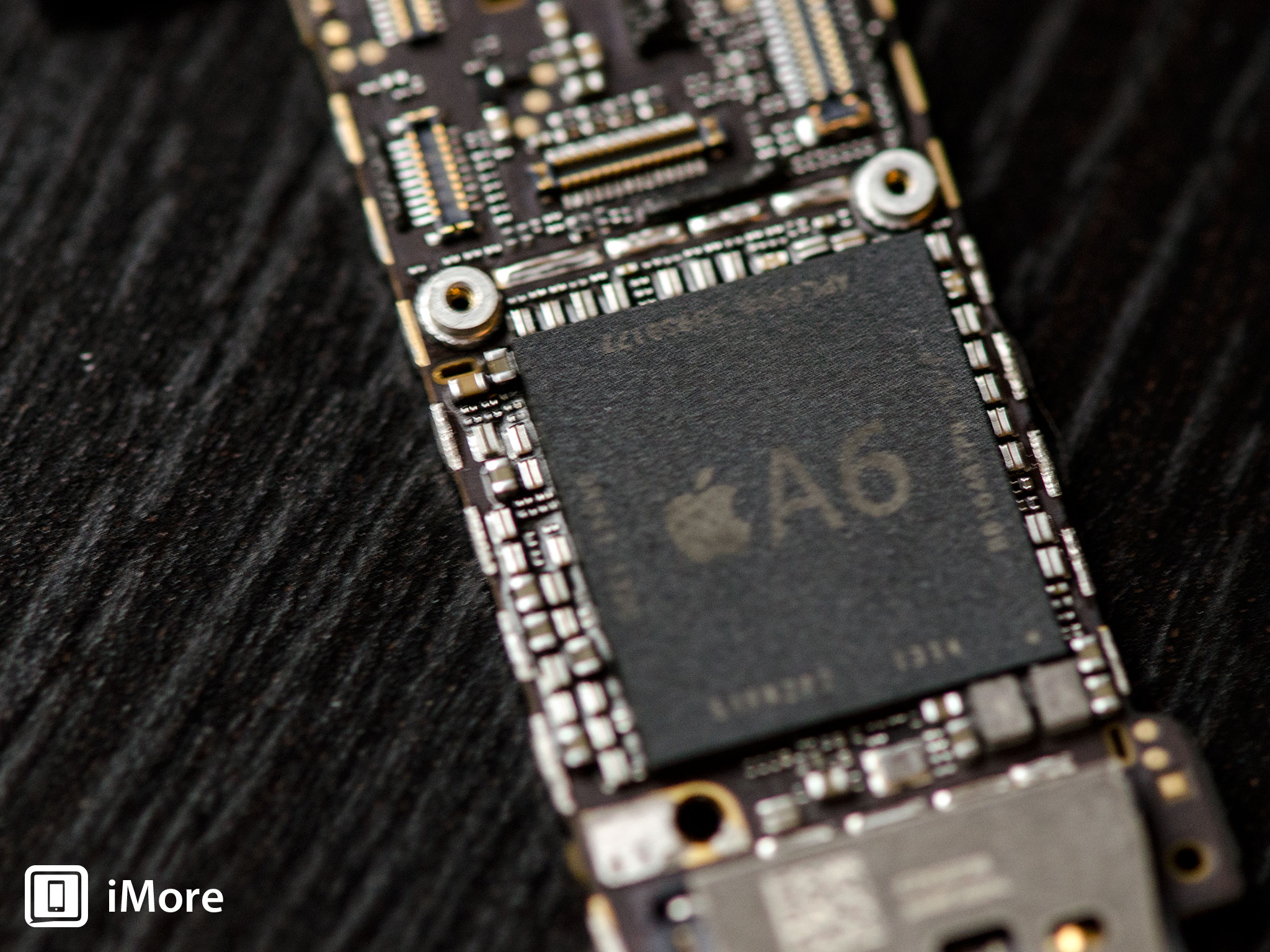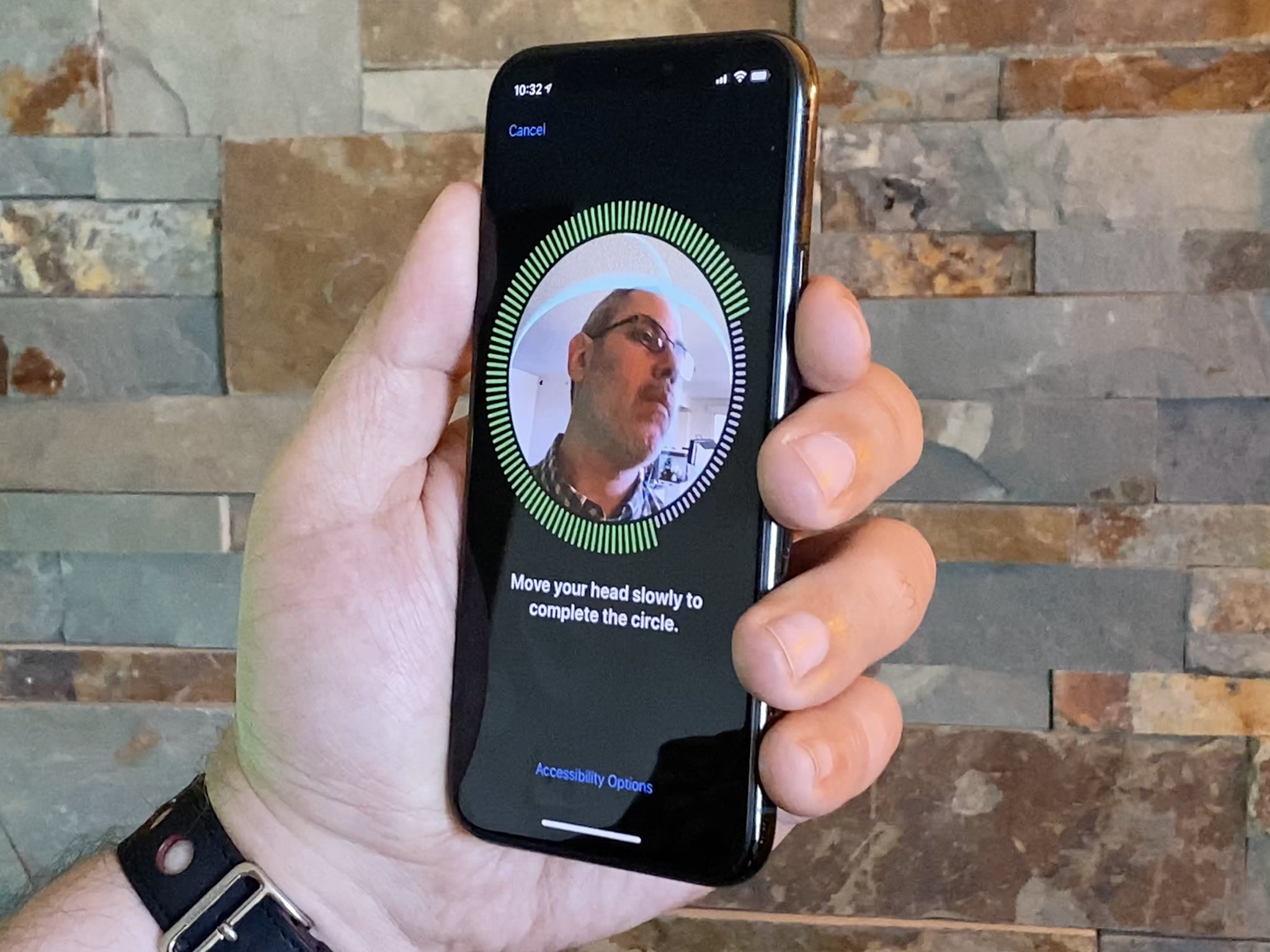The Mac is moving to Apple Silicon — not ARM

Last month, Apple's CEO, Tim Cook, announced that they were going to be transitioning the Mac lineup, the MacBooks, the iMacs, all of it, from Intel chipsets to custom Apple Silicon. Not ARM, but custom Apple Silicon. And the difference may be subtle but it's also really really significant.
Not just because insisting on calling it Mac on ARM is kinda petty, especially if you've never had any issue saying AMD instead of PC on x86 or whatever. No. Because it's mostly wrong… Mostly.
A tale of two ARMs
First, ARM has two different kinds of licenses. One is for chipset designs. You pay your fee, you take your Cortex cores or whatever, you get them fabbed, and you've got your CPUs.
The other is an ISA license. With that, you get no chip design. None. All you get is the instruction set architecture. You have to roll the actual design yourself.
And that's what Apple's been doing. Making their own custom designs that use the ARM instruction set. For years.
Rumor has it Apple's license may let them get even more custom than that, but let's just leave it there for now.
And, second, because the ARM instruction set, even the CPU, is only one small part of the Apple silicon package. Literally.
Master your iPhone in minutes
iMore offers spot-on advice and guidance from our team of experts, with decades of Apple device experience to lean on. Learn more with iMore!
Sushi and Silicon

There's this old story about Steve Jobs coming back from Japan and wanting the absolute best sushi at the Caffe Macs, the cafeteria at Infinite Loop. Because Steve Jobs.
Now, just stay with me here for a minute.
Jobs wanted the best sushi so he got the best sushi chef he could find to come to Caffe Macs and make it for him. Same with chipsets.
The instant it became clear the iPhone and iPad would be better off with custom silicon, the story goes Steve Jobs set out to find the best chip designers in the world and bring them to Apple to make that silicon for him.
And that's all evolved into the hardware technologies group led by senior Vice President Johny Srouji.
You may remember him from this wicked generation-a-year-for-a-decade flex from last month's keynote.
A is for Apple Silicon
In January of 2010, Apple's first ever in-house silicon debuted inside the original iPad. It came to the iPhone that same June.
It was called the A4 and it was a system-on-a-chip or SoC. That means, instead of having a separate processor, graphics card, RAM modules, and all that, like a PC has, everything was integrated together into a single chip.
Basically, instead of a computer platter, it's a computer sandwich.
It used a version of the ARM Cortex-A8 processor, because back then, Apple was licensing the ARM designs. The A5 used a version of the Cortex-A9, but in 2012, Apple switched to the instruction set license and released their first, custom CPU with the A6.
In September of 2013, Apple introduced not only their first 64-bit chipset, but the mobile industries first.
That's right, while Qualcomm and Samsung were content to make up R&D costs on 32-bit for years still to come, Apple very literally shocked the silicon world and giving absolutely zero… fabs… about leap-frogging them all to 64-bit as fast as Srouji-ly possible.
What Apple Silicon is not

There's no magic to what Apple does with silicon. No tricks. There are just two reasons — two inter-related reasons — why, year after year, Apple's been able to out-perform every other phone and tablet on performance and efficiency.
One, Apple doesn't have to sell its chipsets. They're not a silicon vendor. They don't have to operate like a silicon vendor. They don't have to worry about marketing or markups or shelf-life. They don't even have to care about making a profit on each chipset or generation, just on the devices the chipsets power.
Apple's platform technologies team isn't constrained or held back by any of that, not in any way.
Two, Apple's silicon team only has one customer. They don't have to worry about supporting multiple different vendors with competing or conflicting technologies, feature sets, or agendas. They don't have to try and guess what will need support and what won't, or build things that may be used or may not.
All Apple's platform technologies team has to do, right now, is run iOS and iPadOS and tvOS and watchOS — and soon, macOS — faster than anything else on the planet. That's their only job.
And, I mean, not to get too far off on a tangent, but look at it this way: Apple has already shipped half a decade of dedicated wearable silicon for the Watch and Qualcomm just announced their third generation of rehashed old phone chips because there's literally no one who can afford to pay them to invest in anything beyond that, and they're sure as hell don't seem willing to do it on spec.
Silicon to pixels
Given infinite time, any silicon team worth a damn could design a system-on-a-chip with maximum performance at maximum efficiency up to the limits of known physics in our universe. But we don't live in a world with infinite time. We live in one with tight deadlines and supremely high stakes. You get a few years to plan, but you have to ship every year.
So, what Apple's done, is build a solid foundation and then iterate on it over and over again. Not just as a multi-year plan but as a multi-year investment.
See, when Apple went 64-bit so early, many of us, myself included, struggled to understand why. A bunch of pundits fell into the tiredest of cliches about more bits only really being useful to address more memory. But that wasn't it as all.
A few of us settled on the new, cleaner, ARM64 instruction set and improved hardware security.
But what Apple really did with A7 was completely re-architect the chipset itself. That was the actual leap forward. 64-bit was just future-proofing gravy.
Then, Apple noticed that pushing maximum performance on bigger cores meant leaving a gap on the low end. So, with the A10 Fusion, they began pairing the high-performance cores with high-efficiency cores, and created a performance controller to intelligently, transparently manage the switching.
With the A11 Bionic, Apple got rid of the fusion and let each and every core operate separately or together as needed. And they also made the new efficiency cores almost as fast as previous generation's performance cores.
Current cores have even better performance efficiency. Way better. And that's still on a branch of ARMv8 on TSCM's 7-nanometer node. Never mind the upcoming ARMv9 and 5-nanometer nodes.
But… after saying at the very beginning that the ARM instruction set part, the CPU part, was only a very small part of the package, I've just spent a ton of time talking about them, because they've been so customized beyond any ARM design.
But also beyond just the CPU.
In that same A11 Bionic, Apple debuted their own custom graphics processor or GPU. Previously, Apple had been using PowerVR but for reasons I'll get into in a minute, in 2017 they went full-on Apple, with "a wide and slow" approach, which lets them handle loads as efficiently as possible but it also gives them the headroom to handle spikes when they need to.
In other words, having a Ferrari on a single lane highway can be super frustrating when things get congested. An 8 lane highway, though? Well, there's usually room when and if that Ferrari needs to go full-throttle.
But, the real point isn't the super car. It's the super-efficiency of everything else moving around it.
Because performance and power-efficiency go hand-in-hand. In fact, when done right, power efficiency enables performance.
With the A11, Apple also added their first ANE — Apple Neural Engine, which now not only has 8 cores, but a machine learning controller that can also target AMX — Apple machine learning accelerators in the performance cores.
The Neural Engine is also tied into the image signal processor now, which in addition to all the photo and video handling, including things like live previews on computational photography effects and interleaving extended dynamic range on 4K video streams.
And that's still only part of what Apple's system-on-a-chip is doing, well beyond the instruction set and CPU.
There's power management, the cryptography accelerator, Secure Enclave, high-efficiency audio processing, depth engine, pro display engine, storage controller, HEVC video encoder, HDR video processor, always-on processor, high performance unified memory, high bandwidth cache, silicon packaging, and enhanced OLED processing.
It's not that Apple wants to make every component inside every device, because that kind of arrogance leads to the worst kinds of fall. But, it feels very much seems like Apple wants to own every component that leads to a real, impactful, differentiated experience for customers.
And that's still not even the important part. Yeah, I'm still getting to that.
Feature sets not chip sets

Because Apple's silicon team only has one client, and because the silicon team works so closely with the hardware engineering teams, software engineering teams, even human interface teams, they can build silicon specifically to support the hardware, software, and interfaces those teams want to create.
So, here, it's critical to understand that Apple doesn't really ever ship chipsets. They ship feature sets.
Apple never shipped NFC, it shipped Apple Pay. They never really shipped a neural engine, they shipped Face ID.
Yes, years before any pundit wrote how far behind Apple was in Machine Learning they'd never catch up, Apple was already integrating Machine Learning at the silicon level that other vendors would have to race to even try to keep up.
And that's not hyperbole. That's because the specs, the tech, none of it matters as much as the user experience it's there to support.
All the performance, which gets all the attention every year when whoever runs a benchmark between the latest Galaxy phone and the 6 or 10 month old iPhone, or writes about the $400 iPhone SE being faster than the most expensive Android phone you can buy. All of that is incidental. It's a side effect of the way Apple is designing not just its CPUs but its entire SoC.
Macs on Apple Silicon
All that to say, I don't think many people are really getting the enormity of the Mac transition Apple announced last month.
Again, they're not moving from just x86 to ARM. That's myopic. They're moving from a hodgepodge of Intel CPUs, Intel and AMD GPUs, and custom Apple T2-chips they've been shipping for years to work around the lack of features in those Intel CPUs and GPUs.
And they're moving to Apple Silicon. Which Jony Srouji very specifically has said will include a family of systems-on-a-chip.
And when Tim Cook announced them, he didn't say it was to make faster Macs, though that's what everyone is hoping for, or Macs with better battery life, though that's probably a safe assumption. And he certainly didn't say it was to make Macs cheaper, not directly, not given the real and opportunity costs of targeting that team at this problem. No, he very specifically said it was to make better Macs, Macs that just simply wouldn't be possible any other way.
When Steve Jobs said that exact same thing a decade and half ago, within 3 years we got the MacBook Air and within 5, the Air went on to redefine a generation of laptops.
That was working with Intel, and their process and thermal limits. Working with Apple silicon, literally the sky's the limit.
I mean, the current developer kit is using a chip designed for an iPad, not for a Mac, not what will be Apple's Mac silicon at all, and it's performance is already impressive. Running seemingly better in emulation that Windows runs on Qualcomm natively. Which we'll get back to in a hot minute.
Remember back a few or five years ago? The 12-inch MacBook couldn't handle editing single stream of 4K. The newer 13-inch MacBook Air could barely handle it with the fans on max. The same year's iPad Pro could handle 3 streams. And it didn't even have a fan.
What will an Apple silicon MacBook be able to handle and without a lick of fan noise?
We've already heard that Apple Silicon will have hypervisor built in to make virtualization ultra-performant. What else could Apple build in to make other, critical elements of the Mac experience ultra-performant in a way no off-the-shelf chipset could ever do?
Which is why, I think, talk of the Mac on Apple Silicon being the end of Windows on Intel, and Microsoft and all their vendors racing to switch to ARM, is kind of missing the point.
This isn't an ARM design. This isn't throwing a Qualcomm chip in a Surface or even a hybrid AMD or Intel Chip into an HP or Dell. This just isn't even in the same universe.
Don't get me wrong. Those products could be great, they could be the same, they could just be different, but they'll still be using merchant silicon, they'll still be modular, and they'll still not be doing anything like what Apple's doing.
Not unless or until Microsoft spends a years and a fortune making its own silicon or Qualcomm creating its own operating system and production computer hardware.
Which, to be clear, could be a huge advantage for Apple but could also be a huge risk. Come later this year and for the next two years, Apple Silicon not only has to ship but has to deliver. What if those SoC aren't ready? What if they're not as performant or as efficient as everyone is hoping they'll be, or, oh god, as Intel?
The iPhone, iPad, and Apple Watch, have all been phenomenally successful from the silicon on up. And if Apple silicon Macs are going to be just as successful, they're going to have to earn it.
Because that's the real cost of doing all this — Apple only makes their money back, only makes their legendary margins, if they continue to make products we all want to buy.

Rene Ritchie is one of the most respected Apple analysts in the business, reaching a combined audience of over 40 million readers a month. His YouTube channel, Vector, has over 90 thousand subscribers and 14 million views and his podcasts, including Debug, have been downloaded over 20 million times. He also regularly co-hosts MacBreak Weekly for the TWiT network and co-hosted CES Live! and Talk Mobile. Based in Montreal, Rene is a former director of product marketing, web developer, and graphic designer. He's authored several books and appeared on numerous television and radio segments to discuss Apple and the technology industry. When not working, he likes to cook, grapple, and spend time with his friends and family.
